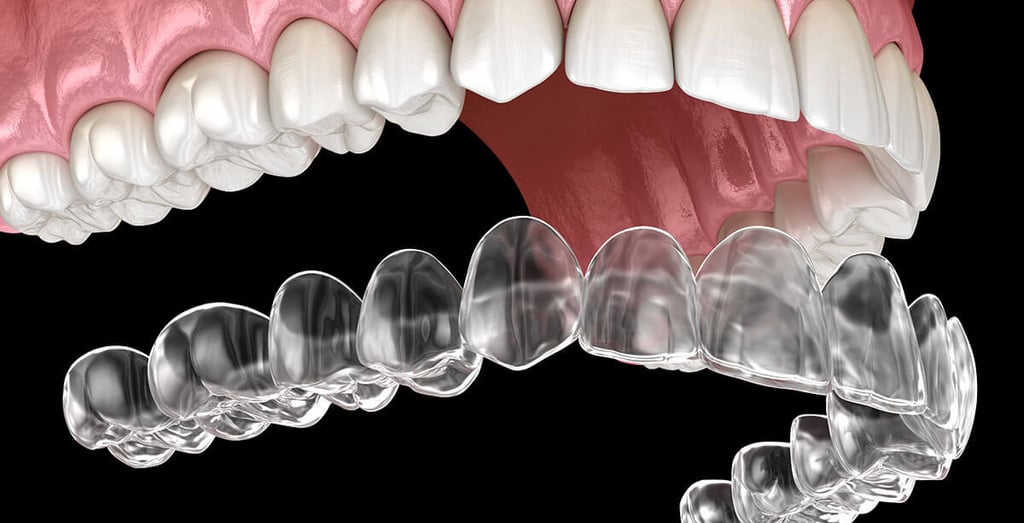Orthodontic Treatment of Impacted Canines with Clear Aligners: 2024 Innovations
This article explores the 2024 advancements in clear aligner technology for the treatment of impacted canines, one of orthodontics' most challenging conditions. It highlights cutting-edge innovations like AI-driven digital treatment planning, improved aligner materials, and hybrid treatments combining aligners with fixed appliances. The piece also covers the use of minimally invasive surgical techniques and enhanced auxiliaries to improve treatment outcomes. Learn how these modern orthodontic solutions offer patients discreet and effective alternatives to traditional braces while addressing complex cases with greater precision.
Azeem Jameel
9/25/20241 min read


Orthodontic Treatment of Impacted Canines with Clear Aligners: 2024 Innovations
Impacted canines, one of the most challenging orthodontic conditions, have traditionally been treated with braces. However, 2024 brings new advancements in clear aligner technology, offering a more discreet and effective alternative.
The Challenge of Impacted Canines
Impacted canines fail to erupt properly, often getting trapped in the jawbone, causing both aesthetic and functional issues. Historically, fixed braces provided the necessary control to guide these teeth into place. Clear aligners, once reserved for simpler cases, are now being adapted to treat complex issues like impactions, thanks to technological advancements.
2024 Insights on Clear Aligners for Impacted Canines
Advanced Digital Treatment Planning: AI-driven tools now enable precise mapping and simulation of the impacted canine’s movement, making aligner treatment more predictable and efficient.
Improved Aligner Materials: New aligner materials offer better elasticity and force control, allowing for more effective and quicker movement of impacted teeth.
Hybrid Approaches: Combining clear aligners with fixed appliances is becoming more common, particularly for severely impacted canines. This hybrid approach balances the mechanical strength of braces with the aesthetics of aligners.
Enhanced Auxiliaries: Attachments, elastics, and buttons have been refined to provide better force application, guiding impacted teeth more efficiently.
Minimally Invasive Surgery: Innovations in laser and flapless surgeries are reducing recovery time for cases requiring surgical exposure of the impacted canine.
Key Considerations
While clear aligners are an exciting development for treating impacted canines, they aren't suitable for every case. Patient compliance and the severity of the impaction still play crucial roles in determining the best approach.
Additionally, long-term stability remains a priority, with aligners offering superior retention compared to traditional retainers.
Conclusion
2024 has introduced significant advancements in clear aligner technology, making it a viable option for treating complex cases like impacted canines. These innovations give patients more discreet treatment options while providing orthodontists with enhanced tools for precision and efficiency. As technology continues to evolve, the potential for clear aligners in managing even the most challenging cases will only grow.

Connect
Social Accounts
+1 830 7451 586
Building 595, Block H3, Phase 2
Johar town, Lahore Pakistan
Address
Mail at:
Call at:


ClearCare Ortho offers premium-quality, exceptionally clear, and affordable orthodontic aligner treatments worldwide.
© 2023 Copyright ClearCare Ortho All Right Reserved.
info@clearcareortho.com
